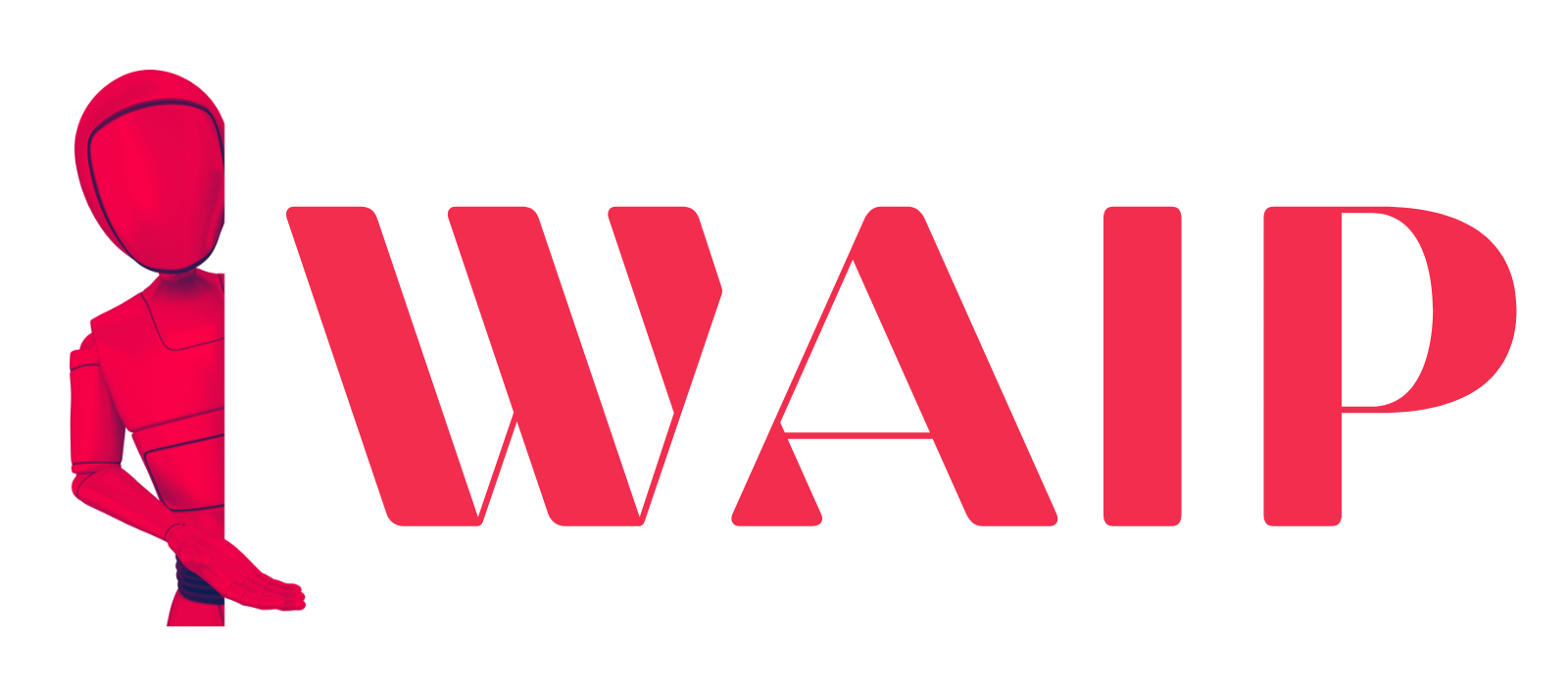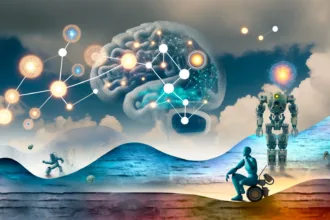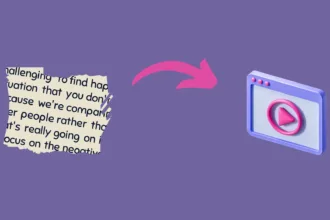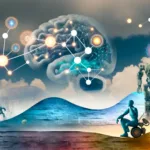ChatGPT, the viral chatbot launched by OpenAI, can generate remarkably human-like text on demand. This cutting-edge AI capabilities allow students to instantly create essays, assignments and more with ease. However, the growing use of ChatGPT for generating academic work has raised concerns among educators about cheating and plagiarism.
In this post, we’ll look how can universities detect ChatGPT, the telltale signs that give it away, methods to avoid detection, the ethical implications, and how academic institutions may adapt to this technology in future.
How does ChatGPT work?
To understand how universities might identify ChatGPT’s use, it helps to first know how it works. ChatGPT is a large language model trained by OpenAI using deep learning on vast datasets.
ChatGPT operates by taking in text prompts and predicting the most likely sequence of words to generate coherent paragraphs or essays. Several key factors contribute to the seemingly natural flow and coherence of the writing it produces. These include its large model size, which consists of 175 billion parameters, and its underlying Transformer neural network architecture.
Additionally, ChatGPT is trained on a diverse range of text corpora, which equips it with a broad understanding of language styles and topics. It also employs reinforcement learning from human feedback to fine-tune its predictions and improve its output.
Can universities detect ChatGPT?
The short answer is yes, universities have ways to detect if a student has used AI generated text in their submitted work. Methods used by educators to catch ChatGPT cheating include:
- Plagiarism checks – Comparing essays to OpenAI’s training data and other student submissions
- Stylistic analysis – Checking writing style consistency across a student’s work
- Topic analysis – Flagging when students perform unusually well on unfamiliar topics
- Proctoring exams – Monitoring student’s actions when writing essays under timed pressure
- Questioning students – Asking specific questions only a subject matter expert could answer
- Pattern analysis – Identifying common ChatGPT markers like odd topic transitions
So while ChatGPT can produce human-like text, experienced educators can spot the subtle giveaways that it wasn’t written by the student themselves.
How do universities detect ChatGPT?
Specifically, some ways universities and teachers are able to detect AI generated text include:
- Plagiarism software – Checks writing against databases to identify copied or automated work
- Stylometry analysis – Compares writing style metrics like vocabulary richness over time
- Watching keystrokes – Unnatural typing rhythm can indicate use of generators
- Asking clarifying questions – Follow up on essay details that require deeper knowledge
- Requiring citations – Lack of credible sources points to automated work
- Change detection software – Looks for revisions and inconsistencies typical of AI
- Comparing to past work – Much higher or lower quality than a student’s baseline also raises red flags
- Having stained glass – Requiring original arguments or analysis that chatbots can’t provide
No single method is foolproof and much depends on the skill of individual educators. But combining technologies and human insight makes ChatGPT cheating increasingly hard to hide.
What are the signs that a student is using ChatGPT?
There are some subtle clues in ChatGPT generated text that signal a student didn’t write it themselves:
- Perfect grammar and structure with no typos
- Unnaturally formal or excessively verbose language
- Repetition of similar phrasing and cadence
- Odd or inaccurate word choices/transitions for the topic
- Disjointed topic flow
- Lack of central coherent argument
- Missing the depth of knowledge or nuance a student should have
- No flow or structure issues that require editing and revision
- Cites irrelevant sources or no sources at all
The more experience an instructor has with a student’s writing, the easier it becomes to detect when an essay deviates from the student’s true abilities.
How to avoid getting caught using ChatGPT
While ill-advised, some students still attempt to dodge ChatGPT detection through strategies like:
- Paraphrasing – Rewriting portions in your own words
- Plagiarism-checking before submitting – Fix flagged passages
- Citing generated portions – Treating ChatGPT like a source
- Blending human and AI writing – Doing parts yourself
- Adding deliberate errors – Mistakes make it seem more “human”
- Limiting usage strategically – Only for intro/conclusion rather than full paper
However, most educators have encountered these tricks before and combining multiple layers of analysis makes AI-generated content increasingly hard to disguise. The risks outweigh the rewards.
The ethics of using ChatGPT for academic purposes
The ethics surrounding the use of ChatGPT for academic purposes is a subject that warrants thoughtful consideration. Utilizing this tool to generate schoolwork presents numerous ethical concerns that need to be addressed. Firstly, it violates the principle of academic integrity by enabling students to submit work that they did not create themselves.
This constitutes a form of cheating, which undermines the educational system by unfairly inflating grades and placing honest students at a disadvantage. Beyond this, relying on ChatGPT for academic work degrades the learning experience. It circumvents the crucial process of acquiring and demonstrating knowledge, thus robbing students of valuable educational growth.
This usage also enables plagiarism on a grand scale, as students can pass off content generated by OpenAI without giving due credit. Such actions invalidate assessments designed to gauge a student’s abilities and skills, thereby rendering educational benchmarks unreliable.
The future of ChatGPT in education
Looking to the future, ChatGPT holds significant potential to be ethically incorporated into academic settings, provided the right policies and transparency measures are in place. One possible application is as a detection tool, where teachers could use it to screen for AI-generated work, thereby upholding academic integrity. ChatGPT could also serve as an augmented writing tool, helping students overcome writer’s block or conceptual hurdles.
Beyond that, it could act as a feedback generator, offering students a way to practice reviewing and refining their work. In addition, it has the capability to function as a writing style analyzer; by reviewing suggested edits to their work, students can develop a more refined writing style over time.
Another promising avenue is to employ ChatGPT as a writing tutor, allowing students to interactively improve their writing skills with AI guidance. When applied responsibly and transparently, technologies like ChatGPT have the potential to greatly expand access to high-quality education for a broader audience.
Conclusion
ChatGPT represents an impressive leap in natural language AI capabilities. However, its potential for misuse in generating academic work without transparency has disruptive implications for education.
While ChatGPT output may not be easily detectable today, anti-cheating technologies and instructor insight make current use carry substantial risks. Rather than attempting to pass off AI writing as their own, students should focus on using generative AI ethically to enhance their learning and own skills.
FAQs: Can Universities Detect ChatGPT
Can Universities Detect ChatGPT-Generated Text?
Yes, universities have methods like plagiarism checks, stylistic analysis, and topic analysis to detect if a student has used ChatGPT-generated text in their work.
What Specific Methods Do Universities Use to Detect ChatGPT?
Universities use a combination of plagiarism software, stylometry analysis, keystroke monitoring, and follow-up questions to detect AI-generated text in academic submissions.
What Are the Signs That a Student Might Be Using ChatGPT?
Signs include perfect grammar, unnaturally formal language, repetition, odd word choices, and a lack of coherent argument or depth of knowledge in the writing.
What Are the Risks of Using ChatGPT for Academic Purposes?
Using ChatGPT for academic work is considered unethical and constitutes cheating. It undermines academic integrity, inflates grades unfairly, and devalues the educational system.
What Ethical Ways Can ChatGPT Be Incorporated into Education?
ChatGPT has potential as a detection tool for AI-generated work, an augmented writing aid, a feedback generator, and an interactive writing tutor if used responsibly.

![Best Mobile Games Your Should Try in 2024 [Trending Now] 2 Best Mobile Games](https://wideaiprompts.com/wp-content/uploads/2024/03/Best-Mobile-Games-330x220.webp)



![Best Mobile Games Your Should Try in 2024 [Trending Now] 9 Best Mobile Games](https://wideaiprompts.com/wp-content/uploads/2024/03/Best-Mobile-Games-150x150.webp)


